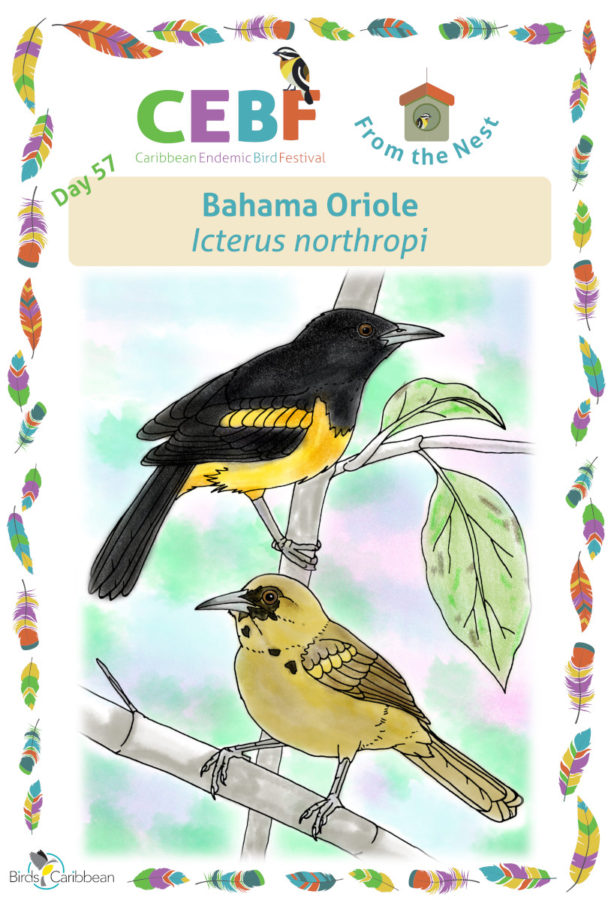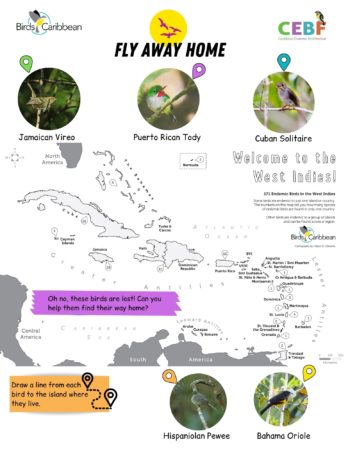Celebrate the Caribbean Endemic Bird Festival (CEBF) with us! Our theme in 2021 is “Sing, Fly, Soar—Like a Bird!” Have fun learning about a new endemic bird every day. We have colouring pages, puzzles, activities, and more. Download for free and enjoy nature with your family at home.
Endemic Bird of the Day: Bahama Oriole
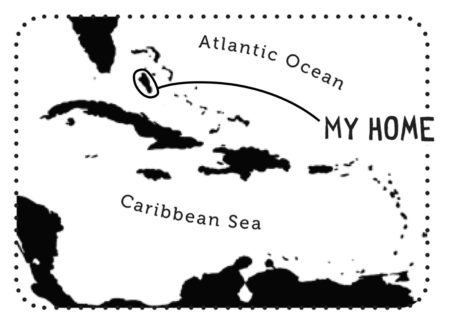 The Bahama Oriole is an endemic species found only on the island of Andros. Historically, Bahamians called it the “Coconut bird” because of its fondness for coconut palms. This striking bird is mostly black with glowing yellow wing coverts, rump, lower breast, and belly. Both adult male and female orioles look similar. Juvenile birds are mostly duller yellow with grayish-brown upper-parts and black on the face and throat.
The Bahama Oriole is an endemic species found only on the island of Andros. Historically, Bahamians called it the “Coconut bird” because of its fondness for coconut palms. This striking bird is mostly black with glowing yellow wing coverts, rump, lower breast, and belly. Both adult male and female orioles look similar. Juvenile birds are mostly duller yellow with grayish-brown upper-parts and black on the face and throat.
Bahama Orioles feed on insects and fruit and can be found in residential areas, the pine forest, and coppice forests of Andros. It breeds from March to August and nests in pine trees and various species of palm trees. It builds a basket-like nest out of plant fibers, and the nest is usually seen hanging under thatch palm and pine tree branches. Usually, three eggs are laid.
The Bahama Oriole was formerly listed as Critically Endangered by the International Union for the Conservation of Nature (IUCN), as its population was believed to be less than 300 individuals. It was previously thought to be strongly dependent on coconut palms as a nesting site. New research has shown, however, that the pine forest is a critical habitat for them, and they frequent the pinelands more often than previously thought. In addition, recent surveys show the Bahama Orioles’ population size is much larger than previously thought—between 1,300 and 2,800 birds. With this exciting new knowledge, in 2021 scientists downgraded the oriole from Critically Endangered to Endangered and are also planning conservation strategies.
Threats to the Bahama Warbler include hurricanes, feral and invasive animals like cats and wild hogs, habitat loss, and nest parasitism by the Shiny cowbird in residential areas. The species is especially vulnerable to some threats because it is a single-island endemic and could potentially be wiped out due to natural disasters or disease. As a safeguard against extinction, conservationists are considering re-introducing the species to Abaco where it previously occurred but was extirpated in the 1990s. The new studies also highlight the importance of ensuring the long-term protection of this species’ pine forest habitat. Learn more about this species, including its range, photos, and calls here.
Colour in the Bahama Oriole
Download our West Indies Endemic Bird colouring page. Use the photos below as your guide, or you can look up pictures of the bird online or in a bird field guide if you have one. Share your coloured-in page with us by posting it online and tagging us @BirdsCaribbean #CEBFfromthenest
Listen to the song of the Bahama Oriole
The song of the Bahama Oriole consists of repeated lilting whistles.
Puzzle of the Day
Click on the image below to do the puzzle. You can make the puzzle as easy or as hard as you like – for example, 6, 8, or 12 pieces for young children, all the way up to 1,024 pieces for those that are up for a challenge!
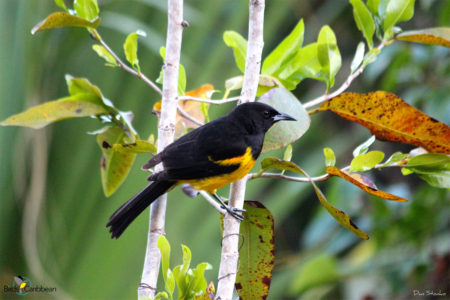
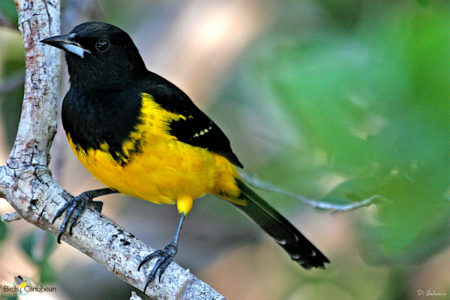
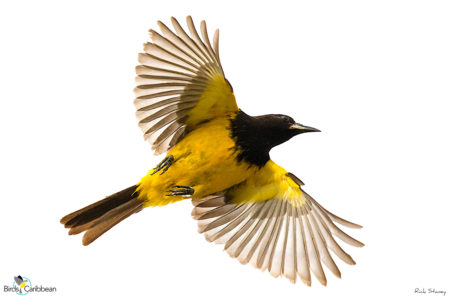
Activity of the Day
FOR KIDS: Test your knowledge of where Caribbean endemic birds live with our ‘Fly away home’ Map Matching Activity! Draw lines from the picture of each Caribbean endemic bird to match each one with its home. And here is the Answer Key – don’t look until you have completed the activity!!! You can find out more about Caribbean endemic birds by reading our posts each day and in case you missed it last year find out all about our Endemic Birds of the West Indies Colouring Book with even more birds to colour in!
FOR KIDS AND ADULTS: Enjoy the video below of Bahama Orioles in the wild! You can see an adult Bahama Oriole feeding on a caterpillar, notice its striking black and yellow plumage. This is in contrast to the young bird you can also in the video, calling from a branch, which has yellow-green plumage.

